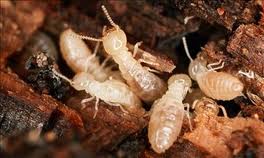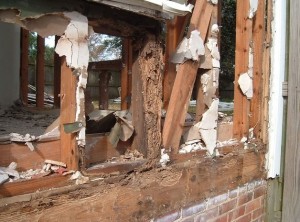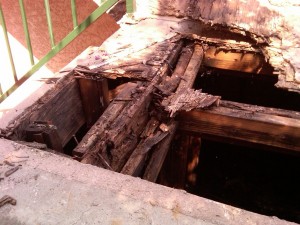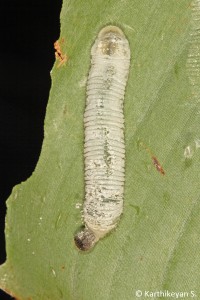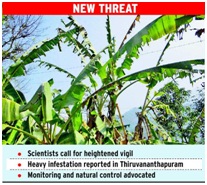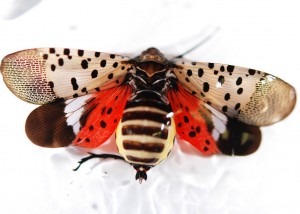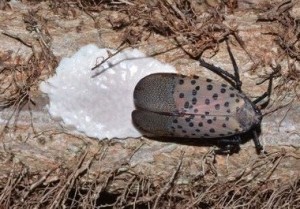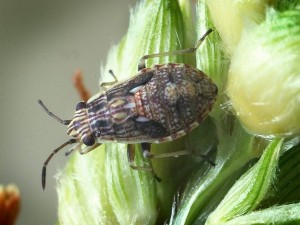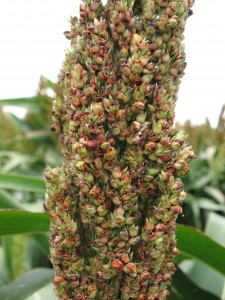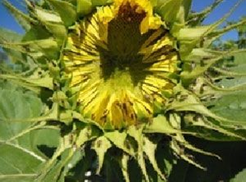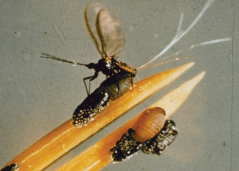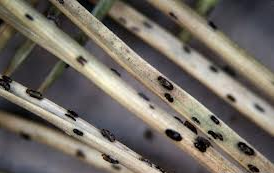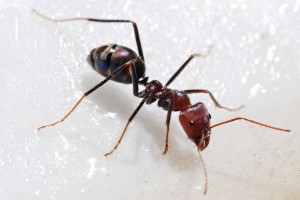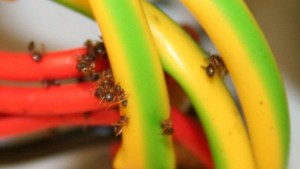“Trees are our best friends. They play a very important role in our life. We cannot live without them. They purify the air we breathe. They give us timber, paper and firewood. Timber is used in making houses, train compartments, big boxes, tools etc.” Such many qualities of trees were thought to us in our school which made us realize the importance of trees. These trees which are an important part of human life and one of the necessities for our survival have many enemies in the surrounding. The billions and trillions of insects are present in our ecosystem which cause damage and destroy trees and plants. One among these enemies is red pine scales.
Red pine scale is an invasive insect found throughout southern New England, New York, New Jersey and eastern Pennsylvania. It was identified in New Hampshire in fall 2012 at Bear Brook State Park. Most likely it was introduced in the US on exotic pines planted at the NY World’s Fair in 1939.
The red pine scale has two generations per year. Adult females are brownish red and wingless. Pre-adult males resemble females but are smaller and soon after emergence become true winged adults inside a waxy cocoon. Although adult males are winged they do not fly. The summer generation lay their eggs in early spring and these mature in early August to lay the next Fall generation. First stage larvae resemble adult females but are smaller and transform into an intermediate legless stage. The fall generation overwinters as first stage crawlers under bark scales and become adults the following spring. The females generally lay an average of 262 eggs
The attack by the red pine scales is identified by the foliage changing color slowly from light green to yellow to red appearing first on individual branches on the lower part of the crown then gradually over the entire crown. Masses of cottony white filaments become visible on the branches when infestations are heavy. Weakened trees may also be attacked by bark beetles causing rapid tree mortality.
The red pine scales mostly make red pine their victims. But they are also known to attack Japanese black pine and Chinese pine. The red pine scales are one of the most important insect pests of red pine in the Northeast, USA. In 1971 in US thousands of tress ranging from nursery stock to mature trees were killed. Many more were severely injured and did not survive when attacked by secondary borer. Red pine is one of the most extensively planted trees in the northern U.S. and Canada. It is used for windbreaks, erosion control, and wood products. Red pine needles are 4 to 6 inches long, and occur in bundles of 2.
These insects are still at large and cause considerable damage to trees. Let take a look at the following article,
Insect that’s killing red pines in Mass. appears to have hit Hingham
A stand of spiny, brown pine trees poking out above the George Washington Town Forest could be evidence of an exotic insect that has already felled hundreds of acres of red pines throughout Massachusetts.
Ken Gooch, director of the Department of Conservation’s Forest Health Program, said the trees appear to have been hit by matsucoccus resinosae, also known as the red pine scale, a small insect that has been slowly spreading north from New Jersey since the 1960s. Gooch made the determination after reviewing photographs of the Hingham trees taken by a Patriot Ledger photographer Thursday.
Gooch said the red pine scale can wreak havoc on the trees it infests, sometimes killing them in as little as two or three years. New Hampshire park officials began harvesting red pine plantations on 118 acres of Bear Brook State Park in February in an effort to contain the insects, which were first discovered in the state last summer.
“Once the scale gets in there, it’s really quick,” Gooch said.
Gooch said the red pine scale was responsible for killing just over 500 acres of trees in Massachusetts last year alone, with much of the damage occurring around Middleboro. When he conducted an aerial survey of Eastern Massachusetts this spring, he spotted three new stands hit by the bugs.
Gooch said the scales mostly target non-native red pines that were brought to the region by the Civilian Conservation Corps in the 1930s. The insects can only be seen under a microscope and largely rely on birds to carry them from one stand of red pines to another.
C Tech Corporation can offer a solution to overcome this problem. Our product Combirepel™ is an extremely low toxicity and extremely low hazard and eco-friendly rodent aversive. Combirepel™ is available in the form of solid masterbatches, liquid concentrate and in lacquer form. The product is compliant with RoHS, RoHS2, and REACH and is FIFRA exempted. This product acts through a series of highly developed intricate mechanism ensuring that rodents are kept away from the target application.
The fencing and tree guards can be coated withCombirepel™ to protect the trees, shrubs etc. from the damage caused by the grey squirrels. The product can also be incorporated into agricultural films, greenhouse films, plastic mulches used on a large scale in the agriculture as well as horticulture sector in order to avoid damages caused by these squirrels to fruits and vegetables. Also, the products can be directly incorporated in the polymer matrix during processing of pipes and tubing. Combirepel™ does not leach out, thus there is no soil pollution. Groundwater reserves are also not polluted. Also the non-target beneficial species like earthworms, bees etc are not affected.
The product is compliant with ROHS, ROHS2, ISO, REACH, APVMA, NEA, EU-BPR, and FIFRA exempted.
Contact us at technical.marketing@ctechcorporation.com if you’re facing problems with rodents and get best remedies to combat the pest menace.
Also, visit our websites:
http://www.ctechcorporation.com/
http://www.rodrepel.com/
http://www.termirepel.com/
http://www.combirepel.com/
Follow our Facebook pages at:
1] https://www.facebook.com/Combirepel-411710912249274/
2] https://www.facebook.com/Termirepel-104225413091251/
3] https://www.facebook.com/Rodrepel-120734974768048/
Follow us on our Twitter pages at:
1] https://twitter.com/rodrepel
2] https://twitter.com/termirepel
3] https://twitter.com/combirepel

